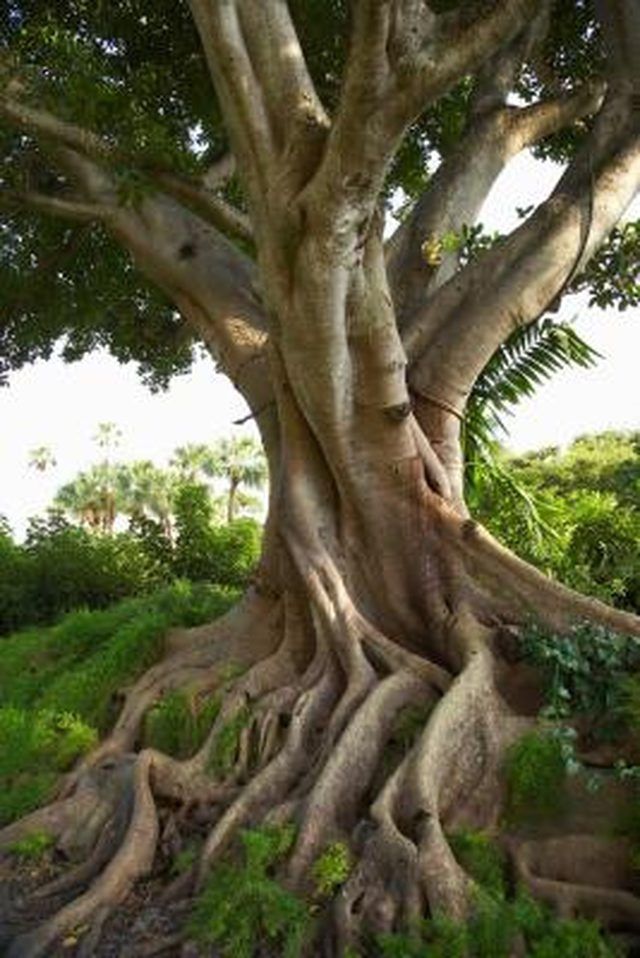Bulbs
Flower Basics
Flower Beds & Specialty Gardens
Flower Garden
Garden Furniture
Garden Gnomes
Garden Seeds
Garden Sheds
Garden Statues
Garden Tools & Supplies
Gardening Basics
Green & Organic
Groundcovers & Vines
Growing Annuals
Growing Basil
Growing Beans
Growing Berries
Growing Blueberries
Growing Cactus
Growing Corn
Growing Cotton
Growing Edibles
Growing Flowers
Growing Garlic
Growing Grapes
Growing Grass
Growing Herbs
Growing Jasmine
Growing Mint
Growing Mushrooms
Orchids
Growing Peanuts
Growing Perennials
Growing Plants
Growing Rosemary
Growing Roses
Growing Strawberries
Growing Sunflowers
Growing Thyme
Growing Tomatoes
Growing Tulips
Growing Vegetables
Herb Basics
Herb Garden
Indoor Growing
Landscaping Basics
Landscaping Patios
Landscaping Plants
Landscaping Shrubs
Landscaping Trees
Landscaping Walks & Pathways
Lawn Basics
Lawn Maintenance
Lawn Mowers
Lawn Ornaments
Lawn Planting
Lawn Tools
Outdoor Growing
Overall Landscape Planning
Pests, Weeds & Problems
Plant Basics
Rock Garden
Rose Garden
Shrubs
Soil
Specialty Gardens
Trees
Vegetable Garden
Yard Maintenance
When Do Fig Trees Bloom?
When Do Fig Trees Bloom?. The fig tree, or Ficus carica, reaches only 10 to 30 feet in height at maturity, producing a pear-shaped brown or bronze-colored fruit. Figs grow in tropical and subtropical climates, bearing fruit twice every growing season.

The fig tree, or Ficus carica, reaches only 10 to 30 feet in height at maturity, producing a pear-shaped brown or bronze-colored fruit. Figs grow in tropical and subtropical climates, bearing fruit twice every growing season.
Time Frame
Fig trees bloom in early spring but are not considered ornamental. Green flowers grow on branch tips inside the receptacles where fruit later grows, according to Missouri Botanical Garden.
Considerations
Most fig trees require no cross pollination during blooming for fruit development. Maintaining fig trees, including picking ripe fruit, keeps them from falling and making a mess of the landscape.
Warning
Although fig trees produce two sets of fruit each year, the first harvest often contains poor-quality fruit inedible for human consumption, warns Purdue University Extension. The second harvest, occurring in late summer or early fall, produces good fruit for canning, eating fresh or making into preserves.